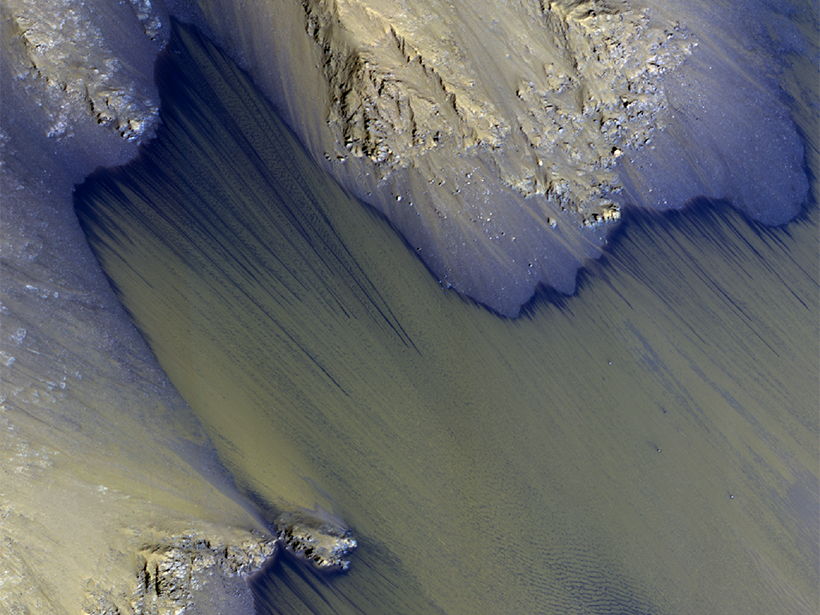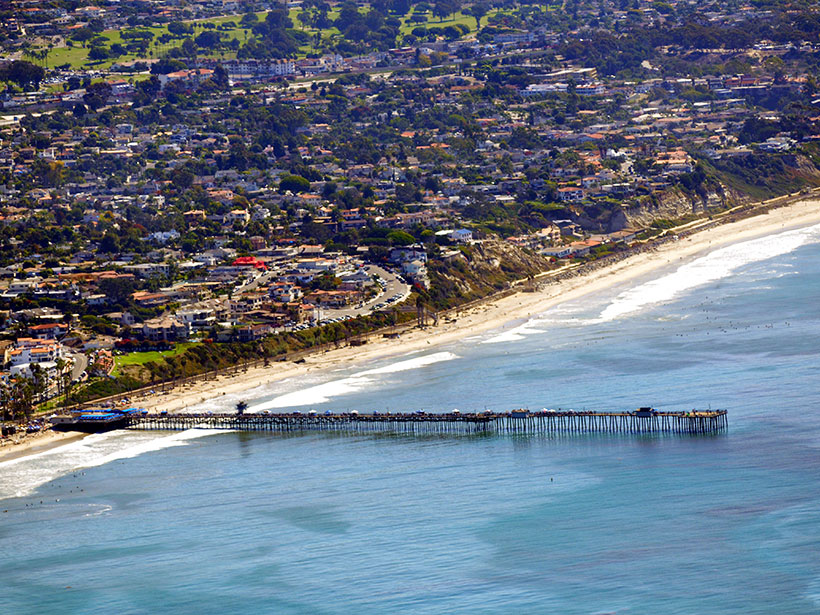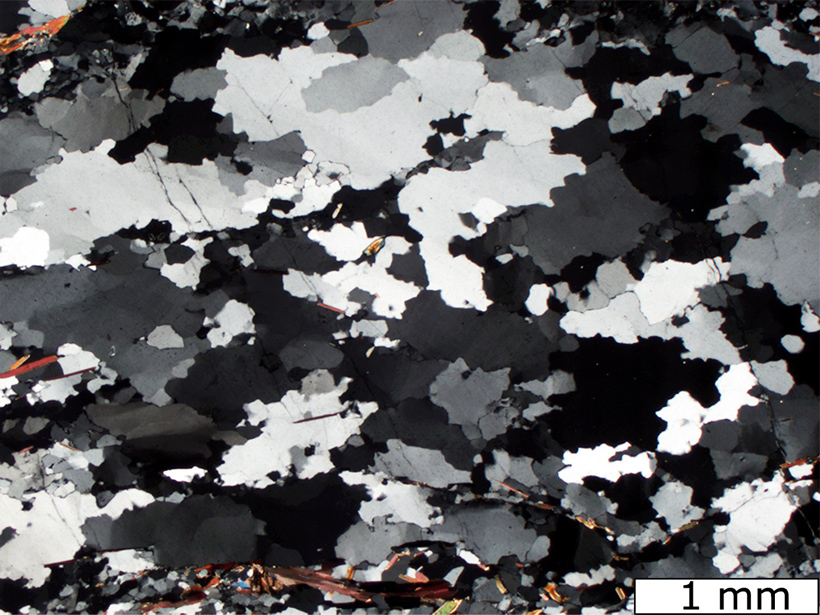A multidisciplinary model linking the sedimentary and tectonic histories of this structurally complex basin suggests that large amounts of extension occurred there between 20 and 9 million years ago.
Terri Cook
Terri Cook is an award-winning freelance writer whose career has focused on exploring and explaining the 4.5-billion-year-history of the remarkable planet we live on. Cook, who has an M.S. degree in Earth science from the University of California, Santa Cruz, writes about geology, ecology, and the environment—as well as wine, tea, hiking, and biking—for a diverse group of publications, including Eos, Scientific American, NOVA Next, Science News, and EARTH magazine, as well as Avalon Travel and numerous other travel-related publications. Her reporting has taken her to 25 states and 20 countries scattered across 5 continents, from the depths of the Grand Canyon to the sandy Australian Outback to the mist-shrouded summit of Bali’s Mount Batur. As the coauthor of three popular guidebooks, including Hiking the Grand Canyon’s Geology and Geology Underfoot Along Colorado’s Front Range, Cook gives frequent presentations about geology and science communication. She is the recipient of a 2016 European Geosciences Union Science Journalism Fellowship and is based in beautiful Boulder, Colo.
The Quest to Understand Reversals in Earth's Magnetic Field
A review of the major features of the geomagnetic reversals preserved in Earth's rock record helps to answer the question, Which data could advance our understanding of these poorly described events?
A Cluster of Water Seeps on Mars?
The discovery of dense concentrations of recurring flowlike features in two Valles Marineris chasms could aid in the search for life and influence future exploration of the Red Planet.
Revising the Displacement History of New Zealand's Alpine Fault
A reinterpretation of structural and paleomagnetic data suggests that New Zealand's Alpine Fault accommodates a far greater percentage of geologically recent plate motion than previously thought.
What Caused Record Water Level Rise in the Great Lakes?
A new modeling framework offers insight into how specific lakes' water levels respond to short- and long-term climate trends.
Novel Technique Finds New Features Under United States
A new high-fidelity tomography harnesses USArray data to expose a wealth of noteworthy crustal and upper mantle structures, including previously unknown anomalies beneath the Appalachians.
A River Network Preserved Beneath the Greenland Ice Sheet
An ancient drainage basin covering one fifth of Greenland predates the ice sheet and strongly influences the modern Jakobshavn Glacier, according to a new analysis of ice-penetrating radar data.
Shift in Pacific Sea Level Trends Will Affect the West Coast
The first study on the shift toward higher sea levels in the eastern Pacific Ocean over the past 5 years indicates it will continue, leading to much higher seas on the western coasts of the Americas.
Adapting Weather Forecasting Techniques to Paleoclimate Studies
First results of the Last Millennium Climate Reanalysis Project demonstrate the potential of the method to improve historical climate estimates by linking proxy data with climate models.
Despite Dryness, Quartz Grains Can Deform in Earth's Crust
A comparison of water content in undeformed and deformed quartz indicates that grains may change shape via weakening processes that cannot be duplicated in laboratory experiments.








